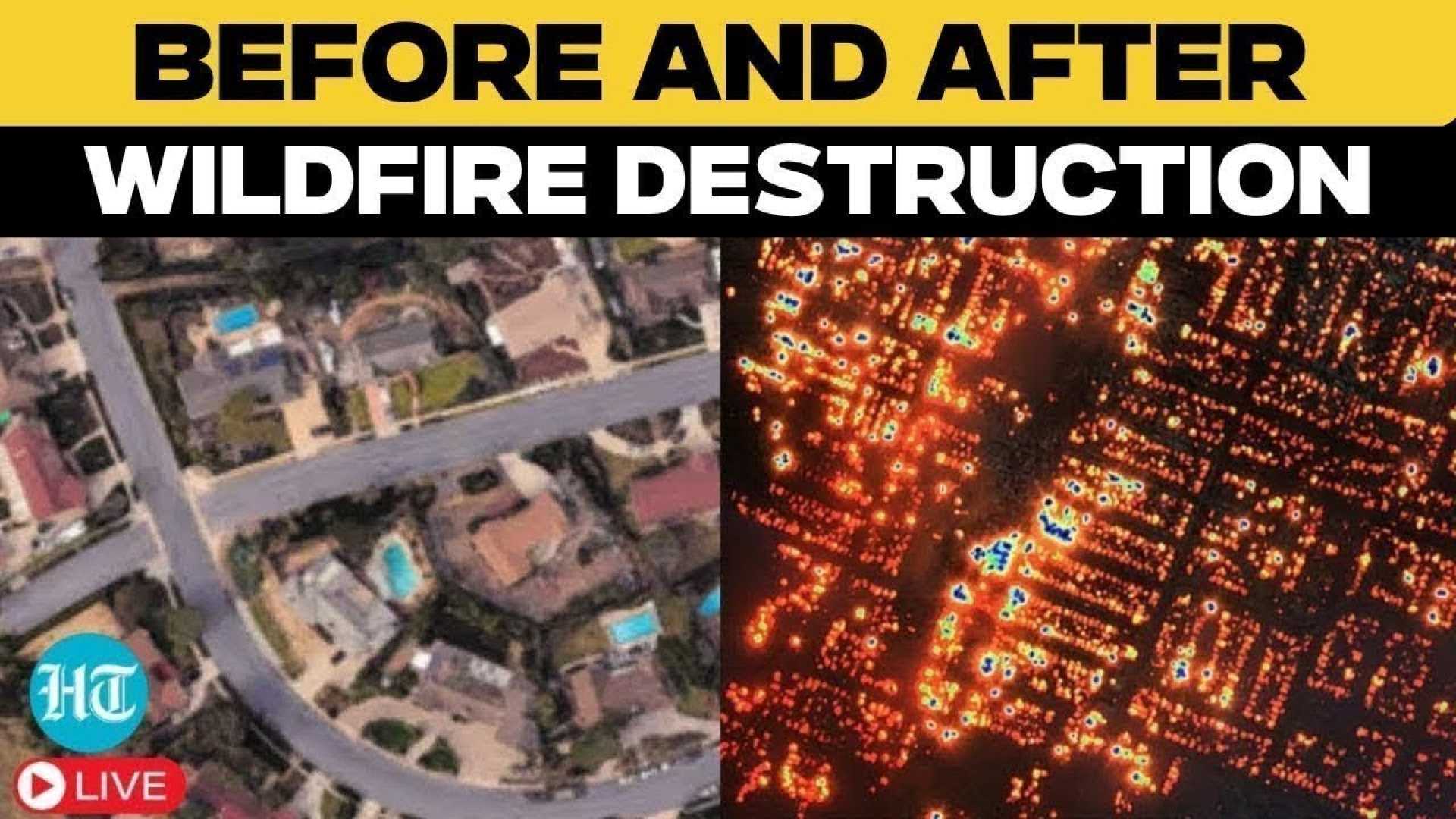News
Deadly Wildfires Ravage Los Angeles, Killing 27 and Destroying Thousands of Structures

LOS ANGELES, Calif. — A series of devastating wildfires fueled by powerful winds and dry conditions swept through the Los Angeles area, killing at least 27 people and destroying thousands of structures, officials confirmed Thursday. The blazes, which erupted on Jan. 7, have left a trail of destruction and displaced tens of thousands of residents.
The Palisades Fire, which began as a brush fire in Pacific Palisades, grew to 23,713 acres and was 49% contained by Saturday night, according to Cal Fire. The fire likely damaged or destroyed more than 5,000 structures. Meanwhile, the Eaton Fire, which ignited hours later near a canyon north of downtown Los Angeles, exploded to 14,117 acres and was 73% contained by the same night. Cal Fire reported over 10,300 structures damaged or destroyed in the Eaton Fire alone.
Additional fires, including the Lidia, Archer, Woodley, Sunset, Kenneth, Hurst, and Auto fires, broke out across the region. By Friday night, these blazes were 100% contained, having scorched 2,399 acres collectively.
Los Angeles County officials confirmed at least 27 deaths, with 17 linked to the Eaton Fire and 10 to the Palisades Fire. The county medical examiner’s office warned that the death toll could rise as investigations continue. “It’s one of the most devastating and terrifying nights I’ve seen in this city,” said a Los Angeles city official, who spoke on the condition of anonymity.
Firefighters faced immense challenges as close to 200,000 people were under evacuation orders at the peak of the crisis. By Tuesday morning, the number had decreased to around 88,000, with another 84,800 in evacuation warning zones. Los Angeles County Fire Chief Anthony Marrone emphasized the dangers of ignoring evacuation orders, noting significant injuries in both the Palisades and Eaton fires.
The economic toll from the fires is staggering. JPMorgan estimates that insured damages may exceed $20 billion, with total economic losses potentially reaching $50 billion. These figures far surpass the $12.5 billion in damages from the 2018 Camp Fire, previously the costliest blaze in U.S. history.
Climate scientist Daniel Swain attributed the extreme fire conditions to a combination of drought-like conditions and powerful offshore winds. Southern California has received less than 10% of its average rainfall since Oct. 1, creating tinder-dry landscapes. “This oscillation between drought and heavy rainfall is particularly consequential for wildfire risk in Southern California,” Swain said.
As recovery efforts continue, officials urge residents to remain vigilant and heed evacuation warnings. The fires serve as a stark reminder of the growing threat posed by climate change and extreme weather events.












